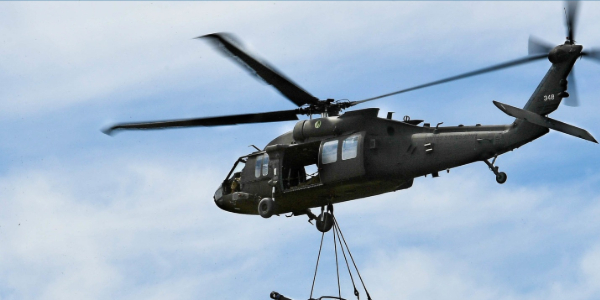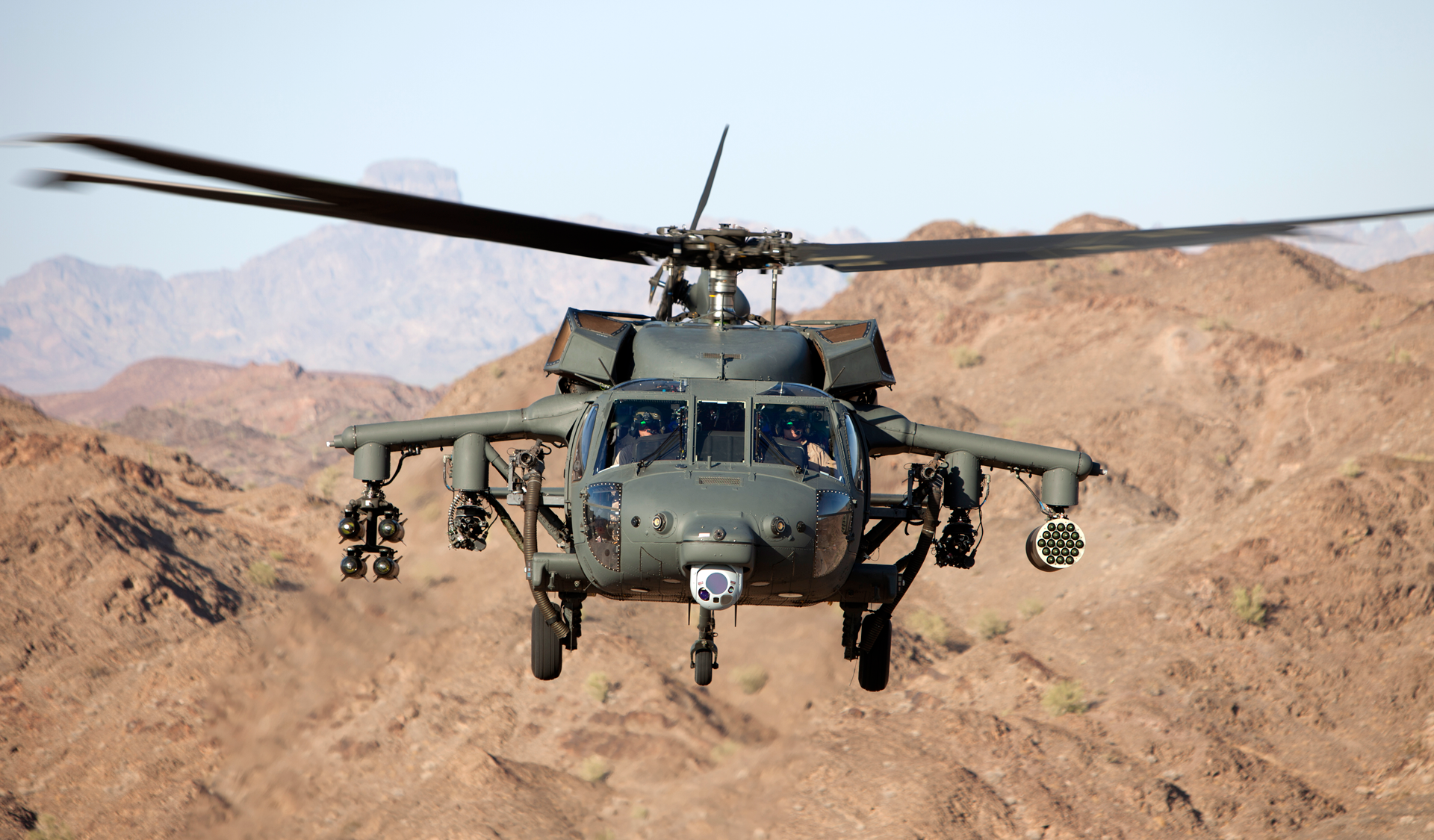Explore the Various Models and Variants of the Blackhawk Helicopter for Diverse Requirements
Explore the Various Models and Variants of the Blackhawk Helicopter for Diverse Requirements
Blog Article
Checking Out the Thrills and Innovations of the Blackhawk Helicopter
The Blackhawk helicopter stands as a testament to armed forces aeronautics's evolution, combining technical advancements with useful applications. What exists in advance for this famous airplane, and how will emerging innovations form its future in military operations?
History of the Blackhawk Helicopter
Considering that its beginning in the 1960s, the Blackhawk helicopter has played a crucial duty in modern military air travel. Established by Sikorsky Airplane, the UH-60 Blackhawk was created to meet the U.S. Military's demand for a functional utility helicopter capable of performing a variety of goals, including army transport, clinical discharge, and cargo airlift. The style was a feedback to the limitations of earlier helicopters, particularly in terms of maneuverability, survivability, and rate.
The Blackhawk made its first trip in 1974 and soon got in service in 1979. Its intro noted a considerable innovation in helicopter modern technology, including a two-rotor system that improved performance and stability. The aircraft's rugged building and construction and advanced avionics allowed it to run properly in varied atmospheres and conditions.
Throughout the years, the Blackhawk has been continuously updated, incorporating lessons picked up from various combat scenarios. Its deployment in problems such as the Gulf War, Somalia, and the War on Fear further strengthened its online reputation as an essential possession. The Blackhawk's tradition is characterized by its adaptability and strength, making it a keystone of armed forces aviation for years.
Key Functions and Specs
The Blackhawk helicopter is distinguished by its durable layout and advanced technical functions, which collectively boost its operational abilities. Designed largely for utility missions, the Blackhawk boasts an optimum launch weight of about 22,000 extra pounds, enabling it to lug considerable payloads while preserving dexterity.
Furnished with two General Electric T700-GE-701C engines, the Blackhawk accomplishes a maximum rate of around 183 knots and a series of 368 nautical miles - Blackhawk Helicopter. Its advanced rotor system features a four-blade major blades and a four-blade tail blades, ensuring security and maneuverability in numerous flying problems
The helicopter's cabin can suit up to 11 soldiers or various freight arrangements, showcasing adaptability in objective accounts. Additionally, the Blackhawk is created with advanced avionics, including electronic flight controls and a thorough cockpit screen, enhancing pilot situational understanding.
For boosted survivability, the Blackhawk incorporates ballistic armor and self-sealing gas tanks. Its ability to operate in varied environments, from deserts to icy surfaces, further solidifies its online reputation as a reputable platform for armed forces and humanitarian operations alike. The Blackhawk's combination of resilience, power, and versatility makes it a foundation of contemporary aerial abilities.
Innovations in Technology
Technologies in modern technology have actually substantially improved the capabilities of the Blackhawk helicopter, ensuring it continues to be at the forefront of army aeronautics. One of the most notable innovations is the combination of sophisticated avionics systems, which provide boosted situational understanding with real-time data processing and screen. This technology permits pilots to navigate complicated atmospheres better, improving goal success prices.

In addition, the intro of digital fly-by-wire systems has actually revolutionized the control mechanisms of the Blackhawk, providing smoother handling and raised responsiveness. Collectively, these technological developments make certain that the Blackhawk helicopter stays an important property in modern armed forces operations.
Functions in Armed Force Operations
With sophisticated my sources innovation enhancing its abilities, the Blackhawk helicopter plays a complex duty in military operations. Mostly, it is utilized for army transportation, making it possible for rapid implementation and extraction of employees in various battle situations. Its sizable cabin can fit up to 11 troops, making it a crucial asset for special operations and large goals.
Furthermore, the Blackhawk serves as a medevac platform, equipped to transfer injured soldiers rapidly and successfully from the combat zone to clinical centers - Blackhawk Helicopter. Its versatility encompasses logistical assistance, where it carries products and tools essential for sustaining armed forces procedures in remote areas

The read here helicopter is also instrumental in reconnaissance goals, offering aerial surveillance and intelligence-gathering capacities. Its ability to run in diverse settings-- varying from city setups to severe terrains-- further solidifies its significance on the field of battle.
Moreover, the Blackhawk can be outfitted with sophisticated weaponry, allowing it to engage in battle and give close air support. This flexibility underscores the helicopter's integral function in contemporary army approaches, making it an essential component of militaries worldwide.
Future Advancements and Innovations
Developments in modern technology assurance to usher in a new age for the Blackhawk helicopter, boosting its capacities and functional performance. Future growths for the Blackhawk may include enhancements in avionics, such as innovative flight control systems and enhanced situational recognition devices powered by artificial intelligence.
Additionally, the combination of unmanned systems is on the perspective, possibly enabling for manned-unmanned teaming procedures that can expand mission profiles and minimize threat to workers. The Blackhawk's layout is also expected to incorporate lighter and stronger products, boosting fuel efficiency and overall efficiency.

Verdict
In final thought, the Blackhawk helicopter stands for a substantial accomplishment in armed forces aeronautics, identified by its flexibility and advanced technological features. Its historic evolution shows a continual reaction to operational requirements, enhancing capabilities in various duties such as troop transport and medevac procedures. Recurring advancements, including the assimilation of expert system and hybrid-electric propulsion, guarantee to more enhance the Blackhawk's performance and importance in future military interactions, ensuring its condition as a crucial property on the combat zone.

With innovative innovation improving its abilities, the Blackhawk helicopter plays a complex duty in armed forces procedures. (Blackhawk Helicopter)
Report this page